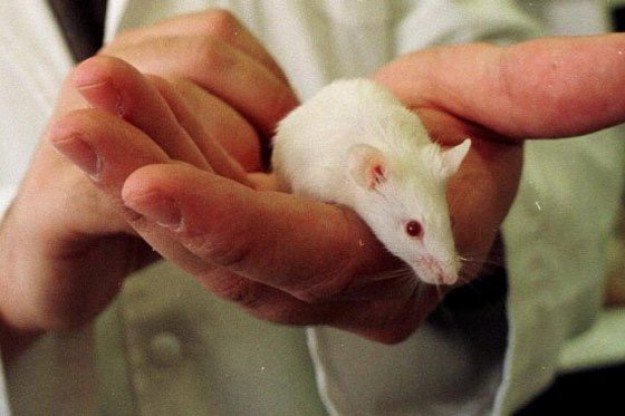Manipulate the taste of mice to suppress their desire for sweet

A team of scientists has manipulated the sense of taste in the brain of laboratory mice, which allowed to suppress their desire for sweet, an advance that can help find treatments for eating disorders.
The research published today by the journal Nature and directed by Charles S. Zuker, of the University of Columbia, in the United States, proves that the ability of the animal to desire or disregard a taste can be eliminated, through the complex system of flavors of the brain.
"When our brain feels a taste it not only identifies its quality, but choreographs a symphony of neural signals that links the experience to its context, hedonistic value, memories, emotions and the other senses to produce a coherent response," Zuker said.
The identification of a food and the particular pleasure that its ingestion provokes are usually related, although the study showed that these aspects can be isolated and manipulated separately.
The mechanism of flavor recognition originates in the tongue - endowed with cells that detect and trigger the emotional reaction in the brain - and continues in the cortex, divided into two regions for sweet and bitter.
"This segregation between the sweet and the bitter, both in the cortex and in the amygdala, means that we can independently manipulate these regions and observe the resulting changes in behavior," said Li Wang, another of the doctors in charge of the study.
The two regions are replicated in the amygdala body - formed by nuclei of neurons belonging to the limbic system that process and store the emotional reactions, and responsible for the responses to taste - and their study allows to look for strategies against eating disorders, such as anorexia or obesity.
The team experimented with the sweet and bitter connections of the amygdala-emotional center of the brain-as if they were switches and, for example, by "turning on" the sweet region, the animals responded to the water as if it were sugar.
Furthermore, by "turning off" the connections of the amygdala body without modifying the taste cortex, the mice were still able to recognize and distinguish the different tastes, but they lacked an emotional response or a preference for them.
The finding shows that you can manipulate the emotional reaction of the animal so that the sweet becomes a repulsive taste and the bitter one in an attractive one, so it would be possible to suppress your desire for caloric foods.
"Our goal is to find out how these regions add meaning and context to the flavor," Wang said.
Scientists will continue to investigate which areas of the brain have a basic role in the flavor system, since the cortex is also linked to those involved in motor actions, learning or memory.
Congratulations! This post has been upvoted from the communal account, @minnowsupport, by elioka12 from the Minnow Support Project. It's a witness project run by aggroed, ausbitbank, teamsteem, theprophet0, someguy123, neoxian, followbtcnews, and netuoso. The goal is to help Steemit grow by supporting Minnows. Please find us at the Peace, Abundance, and Liberty Network (PALnet) Discord Channel. It's a completely public and open space to all members of the Steemit community who voluntarily choose to be there.
If you would like to delegate to the Minnow Support Project you can do so by clicking on the following links: 50SP, 100SP, 250SP, 500SP, 1000SP, 5000SP.
Be sure to leave at least 50SP undelegated on your account.